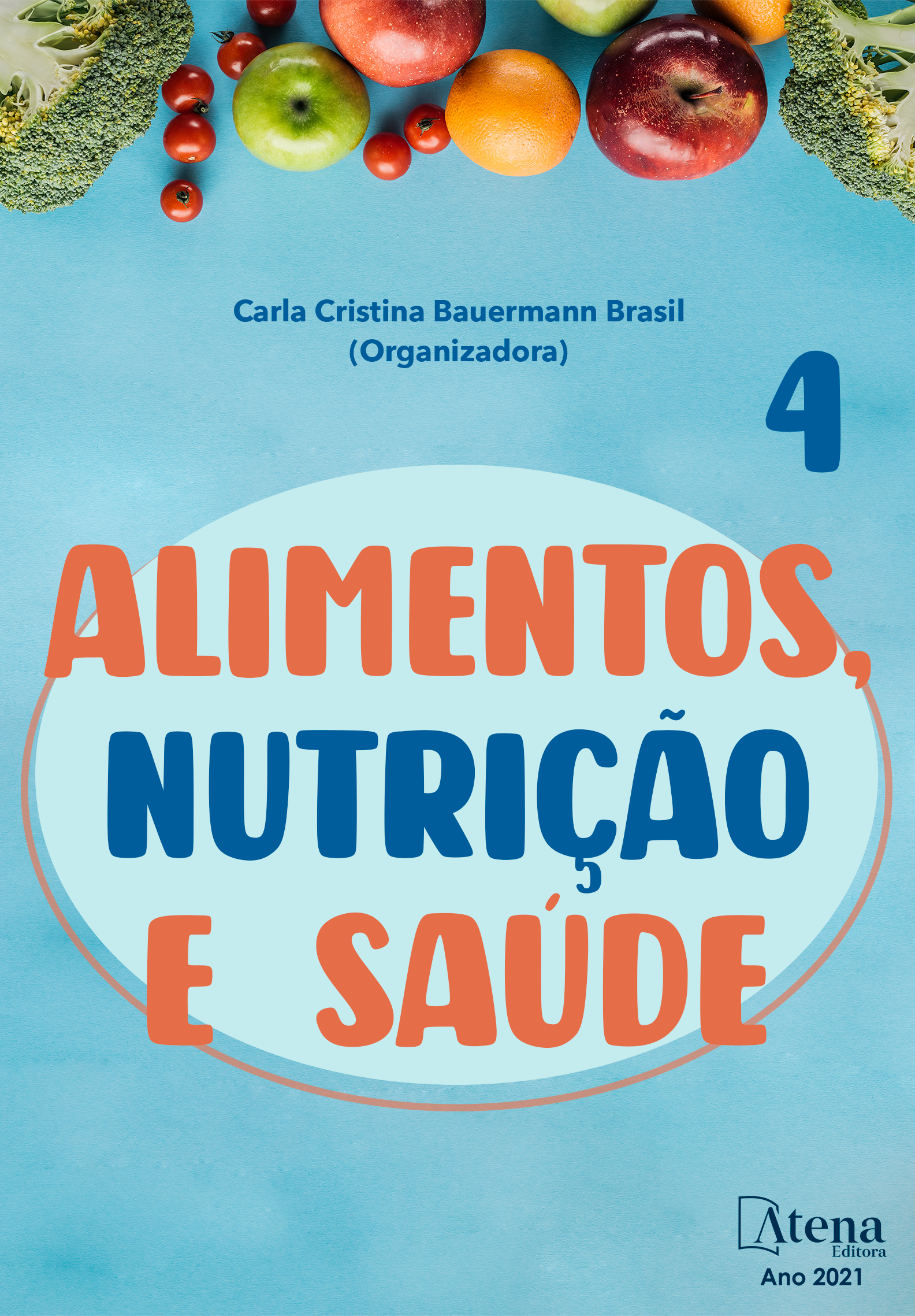
AVALIAÇÃO DO ÍNDICE DE RESTO INGESTÃO E SOBRAS SUJAS EM UMA UNIDADE DE ALIMENTAÇÃO HOTELEIRA LOCALIZADA EM MACEIÓ/AL.
A avaliação de índices, como sobras sujas e restos, é de grande relevância no gerenciamento de um serviço de alimentação, pois sabe-se que tais índices servem de avaliação de desperdício em uma Unidade de Alimentação e Nutrição. Esta pesquisa teve como objetivo verificar o índice de sobras e restos alimentares como fatores indicadores de desperdício em uma unidade de alimentação hoteleira localizada em Maceió/AL. Para obtenção dos valores da quantidade de alimentos distribuídos realizou-se a pesagem do alimento na cuba, descontando o peso das cubas. Para encontrar os valores das sobras não aproveitáveis (sobras sujas), pesaram-se os alimentos que restaram no balcão de distribuição antes de serem descartados, descontando então o peso das cubas. O mesmo procedimento foi adotado para obtenção dos valores do resto-ingestão, ou seja, pesaram-se os rejeitos de alimentos desprezados pelos comensais no cesto de lixo localizado no refeitório, desconsiderando as partes não comestíveis como ossos e cascas de frutas. Os resultados mostraram que a média das sobras foi de 28,15% e a dos restos de 7,03%, o que é considerado inadequado por determinadas literaturas. Em média, 45 pessoas poderiam ser alimentadas com o desperdício gerado pela Unidade. Concluiu-se com a presente pesquisa que o desperdício no local é considerado elevado de acordo com a literatura, ocasionando custos desnecessários ao estabelecimento.
AVALIAÇÃO DO ÍNDICE DE RESTO INGESTÃO E SOBRAS SUJAS EM UMA UNIDADE DE ALIMENTAÇÃO HOTELEIRA LOCALIZADA EM MACEIÓ/AL.
-
DOI: 10.22533/at.ed.02021230817
-
Palavras-chave: Alimentação. Desperdício. Serviços de alimentação.
-
Keywords: Feeding. Waste. Food services.
-
Abstract:
The evaluation of indexes, such as dirty leftovers and remains, is of great relevance in the management of a food service, because it is known that such indexes serve as a waste assessment in a Food and Nutrition Unit. This research aimed to verify the index of leftovers and food waste as indicators of waste in a hotel food unit located in Maceió/AL. To obtain the values of the amount of food distributed, the food was weighed in the vat, depending on the weight of the vats. To find the values of the non-usable leftovers (dirty leftovers), the remaining food was weighed in the distribution counter before being discarded, then decounting the weight of the vats. The same procedure was adopted to obtain the values of the rest-ingestion, that is, the discards of foods discarded by the diners in the waste basket located in the cafeteria were weighed, disregarding the inedible parts such as bones and fruit peels. The results showed that the mean of the leftovers was 28.15% and that of the remains of 7.03%, which is considered inadequate by certain literatures. On average, 45 people could be fed the waste generated by the Unit. It was concluded with the present research that the waste on site is considered high according to the literature, causing unnecessary costs to the establishment.
-
Número de páginas: 10
- Júlia Mayara Correia de Farias
- Maria Carolina de Melo Lima
- Carla Beatriz Martins da Silva
- Maria Augusta Tenório Ferreira
- Eliane Costa Souza


